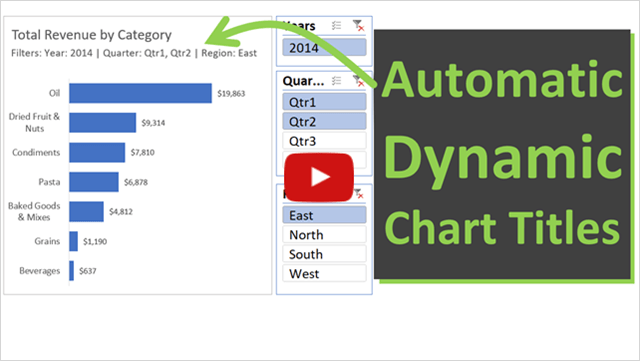


If we check the original pivot chart and table, we can see that they are unchanged. The result is a pivot table and pivot chart that are independent of the original chart. Now, we can build a completely new pivot table with, say Total Sales, and Date, grouped by Year. We’ll go ahead and put the chart on a new worksheet. This time, we’ll select a cell in the data and then click the PivotTable button on the Insert menu. Let’s delete the second chart and try again. But if you want a second chart that is independent from the first chart, you need to create a new pivot table and chart. In some cases, this might be what you need. This is because both charts are linked to the same pivot table. However, any change to the fields, or to the filters, will affect the pivot table and both charts.

For example, we can change the 2nd chart to a Pyramid Chart or a Pie Chart And, if we just want to change something like chart type, we can do that without affecting the other chart. We can easily copy and paste the existing chart to another location to create another copy. Let’s say we want to add a second chart using the same data. As always, any change to the pivot table is reflected in the pivot chart, and vice versa. Here we have a simple pivot table and pivot chart already set up. You might want to create a second pivot chart using the same data source, to provide a different view of the same data.


 0 kommentar(er)
0 kommentar(er)
